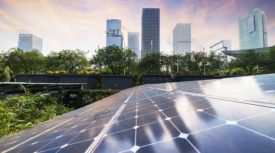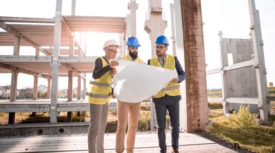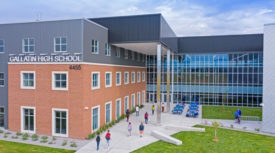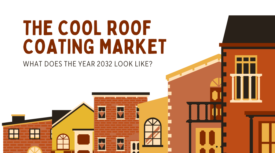Columns
Hear from editors and industry leaders on the topics that matter the most regarding architecture practices, building codes and details for the building envelope.
ARTICLES
Get our new eMagazine delivered to your inbox every month.
Stay in the know on the latest building & construction industry trends.
SUBSCRIBE TODAY!Copyright ©2024. All Rights Reserved BNP Media.
Design, CMS, Hosting & Web Development :: ePublishing










.jpg?height=168&t=1689862206&width=275)
